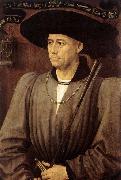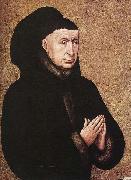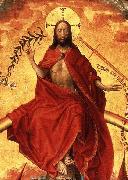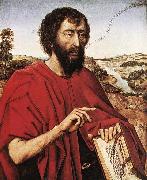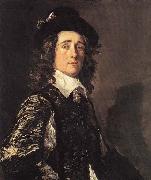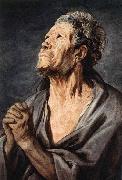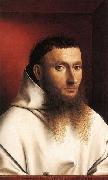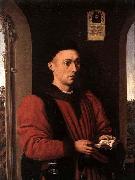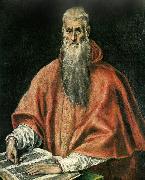Öl auf dem Segeltuch,das echte Aroma von alten Meistern
|
|||||||||
| Künstler: WEYDEN, Rogier van der | |||||||||

| |||||||||
|
|
|||||||||
|
|
|||||||||
| Künstler: WEYDEN, Rogier van der | |||||||||

| |||||||||
|
|
|||||||||
|
|
|||||||||
| Künstler: WEYDEN, Rogier van der | |||||||||

| |||||||||
|
|
|||||||||
|
|
|||||||||
| Künstler: WEYDEN, Rogier van der | |||||||||

| |||||||||
|
|
|||||||||
|
|
|||||||||
| Künstler: HALS, Frans | |||||||||

| |||||||||
|
|
|||||||||
|
|
|||||||||
| Künstler: unknow artist | |||||||||

| |||||||||
|
|
|||||||||
|
|
|||||||||
| Künstler: unknow artist | |||||||||

| |||||||||
|
|
|||||||||
|
|
|||||||||
| Künstler: unknow artist | |||||||||

| |||||||||
|
|
|||||||||
|
|
|||||||||
| Künstler: JORDAENS, Jacob | |||||||||

| |||||||||
|
|
|||||||||
|
|
|||||||||
| Künstler: CHRISTUS, Petrus | |||||||||

| |||||||||
|
|
|||||||||
|
|
|||||||||
| Künstler: CHRISTUS, Petrus | |||||||||

| |||||||||
|
|
|||||||||
|
|
|||||||||
| Künstler: El Greco | |||||||||

| |||||||||
|
|
|||||||||
|
|
|||||||||
Gemälde::. All portrait >> man
(Kaufen Sie eine spezielle ölmalerei?)






